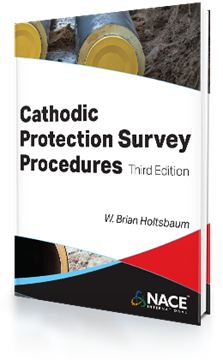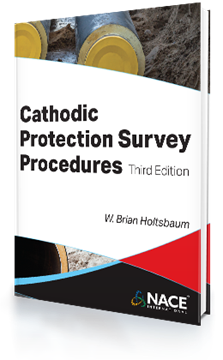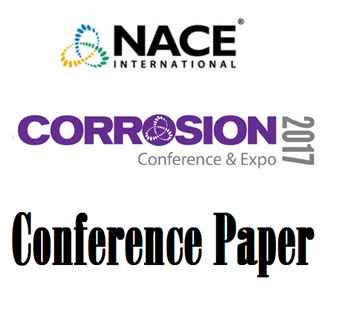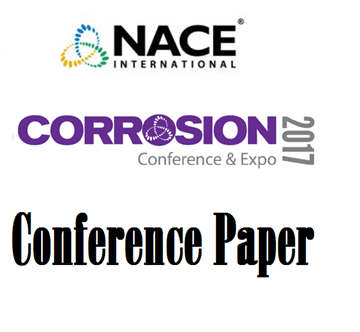Search
Products tagged with 'cathodic protection'
View as
Sort by
Display
per page
Cathodic Protection Survey Procedures, 3rd Edition
Product Number:
37614
ISBN:
978-1-57590-332-3
Publication Date:
2016
$130.00
Cathodic Protection Survey Procedures, 3rd Edition (e-book)
Product Number:
37614-E
ISBN:
978-1-57590-332-3
Publication Date:
2016
$137.00
Cathodic protection within narrow gaps of offshore wind turbine foundations
Product Number:
51320-14750-SG
Publication Date:
2020
$20.00
Cathodic Protection: An Integral Part of Tank Maintenance
Product Number:
41206-283-SG
Publication Date:
2006
$20.00
CFRP Reinforcement Anode For Cathodic Protection Of Steel Rebar
Product Number:
51322-17877-SG
Publication Date:
2022
$20.00
Coating Conductance Characterization Using Trenchless Crossing Data
Product Number:
51324-21037-SG
Publication Date:
2024
$40.00
Coatings and Linings CICS-Coating Systems Used in Conjunction with Cathodic Protection
Product Number:
37239
ISBN:
COA-Coating Sys
$55.00
Combined Cathodic and Anodic Interference in Pipeline - An Analysis
Product Number:
51317--9004-SG
ISBN:
9004 2017 CP
Publication Date:
2017
$20.00
Combining CP System and Pressure Monitoring at Gas Storage Fields Using Wireless Networked Systems
Product Number:
51317--8983-SG
ISBN:
8983 2017 CP
Publication Date:
2017
$20.00
Combining RMU, Annual Survey, and Groundbed System Design Data to Predict Capital Replacement Needs
Product Number:
51324-20805-SG
Publication Date:
2024
$40.00
Comments On Standards Development For Selection And Specification Of Subsea Materials
Product Number:
51322-17491-SG
Publication Date:
2022
$20.00
Comparative Study of the Effect of Sulfate-Reducing Bacteria on Cathodic Protection under Simulated Blisters
Product Number:
51324-21195-SG
Publication Date:
2024
$40.00












